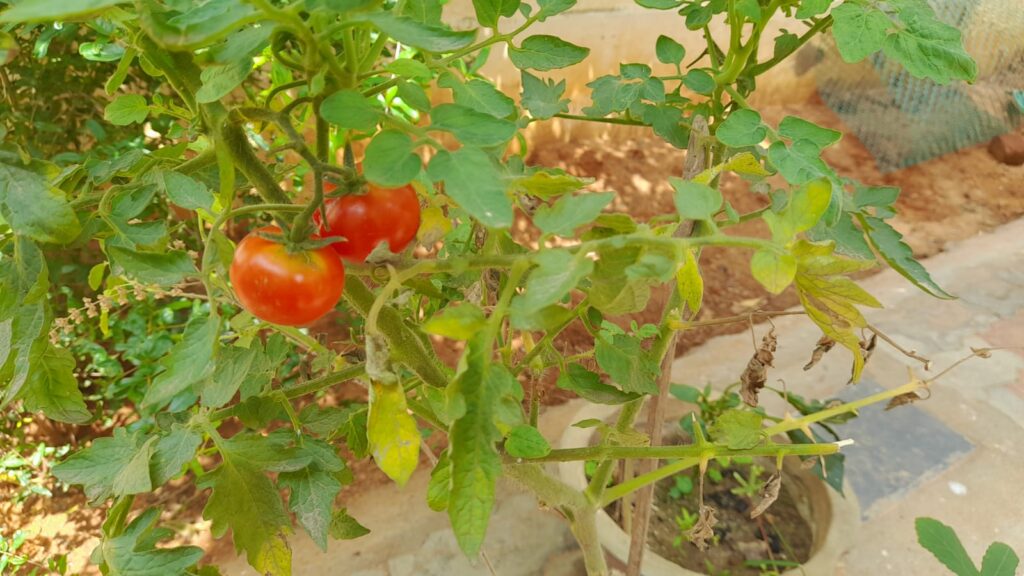How to increase yield in a tomato plant
Tomatoes are cool-weather crops that require fertile soil to grow well. Here are a few ways to improve your plant’s yields.
Ways to Improve Tomato Yields
1. Burying the stems deeper
When transplanting young tomato seedlings to bigger pots or the ground, make sure you bury the stems deeper. Since the hairs in a tomato’s stem can form their roots, burying the stems deeper builds a stronger root system. Just remove the bottom leaves of the tomato plants and leave the top few leaves. Then transplant the plant in such a manner that the stems are buried deeper.

2. Providing nutrients regularly
Tomatoes are heavy feeders and they will need nutrients regularly. If they are grown in pots, they should be fed once in two weeks. Like all plants, tomatoes need primary nutrients namely potassium, nitrogen and phosphorous. During the growing phase, tomatoes need fertilizers rich in nitrogen to encourage the growth of foliage. During the yielding phase, potassium and phosphorous are required to give good yields. Some of the other nutrients that tomato plants need are Calcium and Magnesium. Potassium helps the plant to flower and give fruit.
3. Giving required water and sunlight
Tomatoes need lots of water and sunlight to grow well. When watering the plant make sure the roots get the necessary water. Make sure you grow tomatoes in locations that get at least 4 to 6 hours of sunlight every day.
4. Mulching your tomatoes
Adding a layer of mulch to your tomatoes can help to improve soil quality and yields. Mulch helps to regulate soil temperatures, prevent weed growth and release nutrients that improve soil quality. Here are the other benefits of mulching your plants.
5. Space between plants
When you grow vegetable plants, make sure you leave appropriate space between the plants. When plants are grown next to one another, it reduces the airflow between the plants. This creates conditions for many plant diseases. So necessary gap is needed between plants. If you are growing the determinate varieties or bush varieties there should be 18 to 24 inches between two plants. If you are growing indeterminate varieties or vine varieties an 18-inch gap is required between two plants.
Read more:
- How to grow tomato from seeds in containers.
- How to prune tomato plants.
- Best companion plants for tomatoes.
- How to prevent blossom drop on tomatoes.
